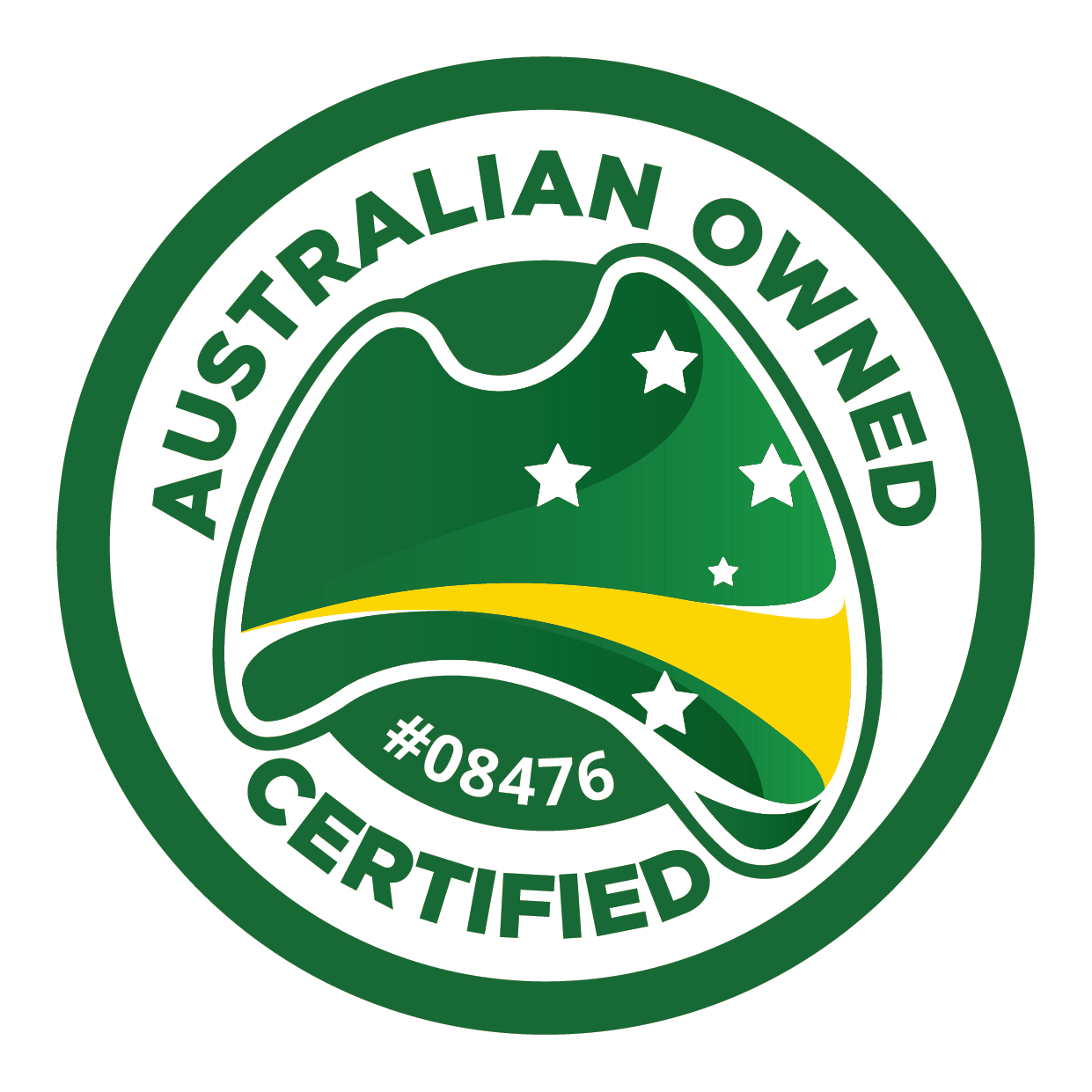25 June 2025 What Coveralls Should I Wear?
Coveralls Break-Down
Wearing the appropriate personal protective equipment (PPE) is crucial when handling hazardous substances. These full-body garments act as a barrier between the wearer and hazardous substances such as dust, chemicals, paint, and biological materials.
Coveralls Standard
Coveralls are tested according to AS/NZS4501.2 standard. This standard outlines the performance criteria for protective clothing, covering aspects such as ergonomics, safety, sizing, durability over time, compatibility with other equipment, proper labelling, and the essential information manufacturers must provide with the garments.
Coveralls are also tested according to EN 14126, the standard which determines the performance requirements for protective clothing designed to guard against infectious agents. Rather than focusing on specific pathogens, this standard assesses how well the fabric resists penetration by different mediums—such as liquids, aerosols, or solid particles. As this only tests the fabric and not the full coverall, this needs to be taken into consideration when selecting the appropriate PPE. The testing includes, blood, bodily fluid and blood-borne pathogens using a bacteriophage penetration, and also penetration by wet microbial, liquid aerosol and biologically contaminated dry/solid particles.
Different Types of Coveralls
Type 1 Coveralls:
Type 2 Coveralls:
Type 3 Coveralls:
Type 4 Coveralls:
Type 5 Coveralls:
Type 6 Coveralls:
Coverall Materials
Polypropylene (PP)
Polypropylene coveralls are made with a non-woven fabric which are more suited to being worn in areas of non-hazardous particles that may come in contact with the wearer or their clothes.
- ABL Blue Polypropylene Protective Coveralls
- ABL White Polypropylene Protective Coveralls
Spunbond-Meltdown-Spunbond (SMS)
SMS coveralls are made using 3 layers of polypropylene fibres. The outer spunbond layers provide the physical strength to offer a high level of protection by being able to filter out chemicals and dry particles.
- ABL Blue SMS Protective Coveralls
- ABL White SMS Protective Coveralls
Wearing & Disposing of Coveralls Correctly
To ensure you are protecting yourself and others in the work place you must wear, remove and dispose of the coveralls correctly.
- Firstly, inspect the coveralls to ensure there are no defects, remove any jewellery and put the suit on ensuring it covers your wrists, ankles and head.
- Once it is all secure, move around as you would while working to it is the confirm correct size and not restricting.
- Use glove connectors or tape to secure arms and legs.
- Look out for sharp edges or hot surfaces that could damage the coveralls. If the coveralls are damaged, they must be disposed of and a new suit is to be used.
- To remove your coveralls, depending on the hazard, the coveralls may initially require decontamination which a procedure should be available in your workplace.
- Once it is safe to remove your coveralls, your coveralls should be slowly removed by rolling the suit outwards so you are only touching the inside of your coveralls.
- Disposable coveralls should not be cleaned and reused, they must be disposed of correctly once you have removed them.
Still unsure which coveralls are best suited for your requirements?
We’re here to help! Get in touch with our friendly customer service team:
Call us: (07) 5618 5100
Email us: sales@abldistribution.com.au





 © ABL Distribution 2025. All Rights Reserved.
© ABL Distribution 2025. All Rights Reserved.